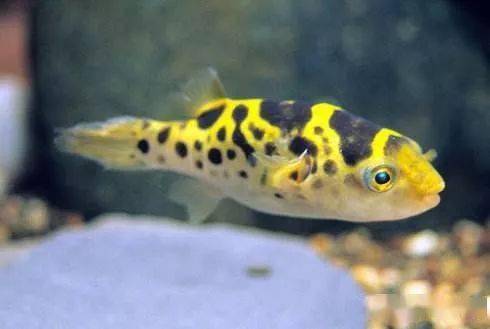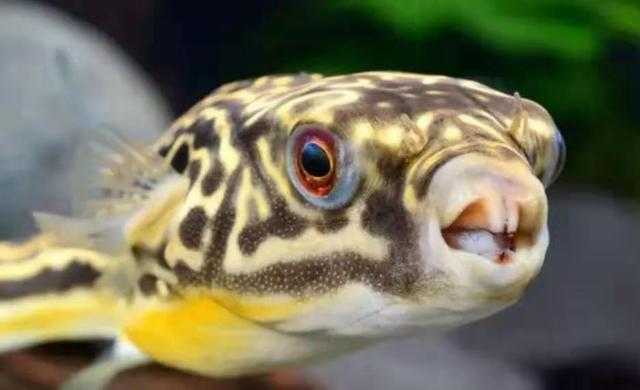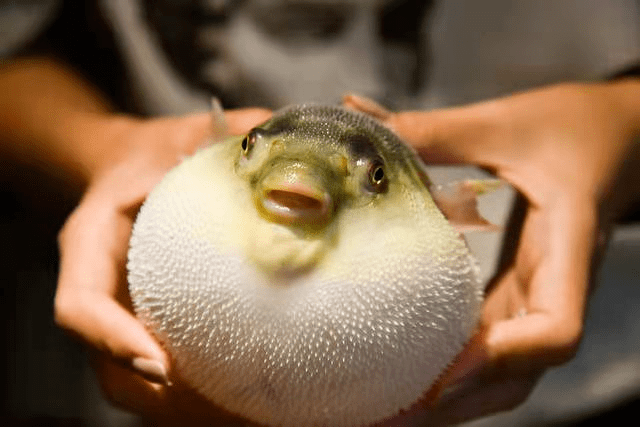What Does Pufferfish Eat and How to Keep Pufferfish?
Pufferfish, known for their unique ability to inflate into a ball shape as a defense mechanism, are fascinating and charismatic additions to freshwater and marine aquariums. Keeping pufferfish requires understanding their dietary needs, habitat requirements, and specific care considerations to ensure their health and well-being.
Dietary Requirements of Pufferfish
Pufferfish are primarily carnivorous and have specialized diets that typically include:
-
Live Foods: They have strong predatory instincts and enjoy live foods such as small crustaceans (like shrimp and krill), snails, and small fish. Providing live foods enriches their diet and stimulates natural hunting behaviors.
-
Frozen Foods: Frozen foods like bloodworms, brine shrimp, and mysis shrimp are excellent alternatives to live foods. These should be thawed before feeding to ensure they are safe and nutritious for the pufferfish.
-
Prepared Foods: High-quality commercial pufferfish pellets or tablets can be included in their diet. Look for products specifically formulated for pufferfish to ensure they receive the necessary nutrients.
-
Vegetable Matter: While primarily carnivorous, some species of pufferfish may also nibble on vegetable matter, such as blanched vegetables (like zucchini or spinach) or algae wafers. However, this should not constitute the majority of their diet.

Feeding Tips:
- Variety: Offer a variety of foods to ensure a balanced diet and to prevent nutritional deficiencies.
- Frequency: Feed small amounts multiple times a day, as pufferfish have fast metabolisms and may become stressed or aggressive if underfed.
- Monitoring: Pay attention to their eating habits and adjust feeding amounts accordingly to prevent overfeeding and maintain water quality.
Habitat Requirements
Pufferfish have specific habitat needs that should be met to ensure their health and comfort:
-
Tank Size: Provide a tank large enough to accommodate the adult size of the pufferfish species. Different species have varying space requirements, so research the specific needs of your chosen species.

-
Water Parameters: Maintain stable water parameters, including temperature, pH, ammonia, nitrite, and nitrate levels. Pufferfish are sensitive to water quality, so regular water testing and maintenance are essential.
-
Filtration: Use efficient filtration to keep the water clean and well-oxygenated. Pufferfish are messy eaters, and good filtration helps prevent ammonia spikes and maintains water clarity.
-
Substrate and Decor: Use a substrate that is safe for pufferfish (avoid sharp gravel that can damage their delicate mouths). Provide plenty of hiding spots and decorations like driftwood and rocks to create territories and reduce stress.
-
Compatibility: Research the compatibility of pufferfish with other tank mates carefully. They can be territorial and aggressive, especially during feeding times, so choose tank mates that are similarly sized and have compatible temperaments.

Special Considerations
- Handling: Pufferfish may release toxins if they feel threatened or stressed, so avoid handling them unnecessarily.
- Health Monitoring: Watch for signs of illness or stress, such as loss of appetite, abnormal swimming behavior, or changes in appearance. Seek veterinary care if needed.
Conclusion
Keeping pufferfish can be a rewarding experience with proper care and attention to their dietary and habitat requirements. By providing a varied diet, suitable tank conditions, and monitoring their health closely, you can enjoy these charismatic fish in your aquarium for years to come.
Interested in adding a pufferfish to your aquarium? Remember to research the specific species you're interested in and prepare their environment accordingly for a successful and enjoyable aquatic experience.












































































































